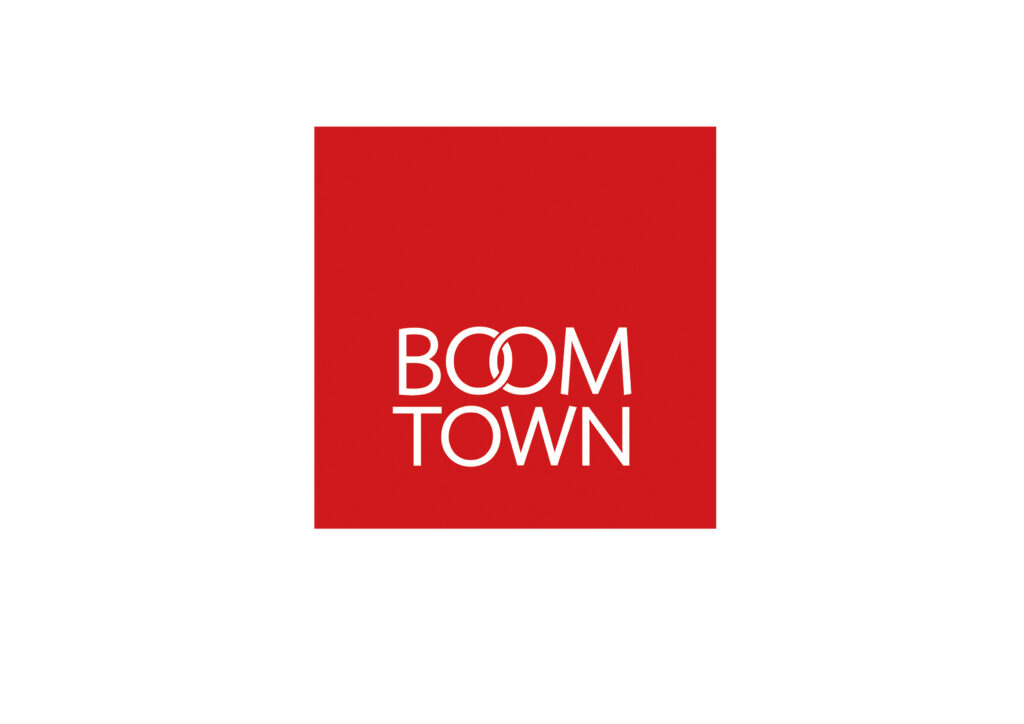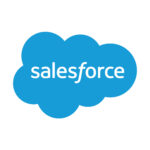 By: Bryen Farrell Pittner, July 2017
By: Bryen Farrell Pittner, July 2017
I grew up in the United States and have now spent 3 months in South Africa at FCB an advertising agency. We’re working on a South African youth study within the strategy department here to figure out what makes this population tick. We find that youth are concerned about their futures, role of technology, politics, culture, health, and how social tensions play into each one of these factors.
Often my co-workers will mention Trump or football or New York, you know, things that are most currently associated with the United States within the international community. At home it is not so different. Late night shows are booming- and our conversations have never revolved around politics so much. Bottom line, sharp wit and being in “the know” is social currency among Millennials. And in my experience…
Politics, power, and privilege are on the minds of youth here and there.
Now, where does advertising fit into it all? How do brands stick themselves into the middle of it and fail (cough Pepsi cough Kendall Jenner) and how do they respond successfully (Heineken)?
Why are politics, power, and privilege at the forefront of our minds now more than ever? Well the thing is that we are paying attention to it and realizing the injustices that have just now come to light though they have existed for years. See: police violence against black people. Also, our global community has become smaller. Sometimes I forget that I’m in South Africa because people are talking about the same issues of diversity in the workplace; I’m covering my ears and running to the nearest hipster coffee shop when they bring up the newest Game of Thrones; the Illuminati is a very real concern, and I’m not even tapped into Reddit… our world is small and the Internet community, even smaller.
Thus, I’ve realized how important it is for brands to have a pulse on what’s happening outside the vacuum of a conference room that most decisions are made in. But it takes more than a political reference or quick recognition of privilege for brands to strike a chord with us. After all, we Millennials have grown up looking at 4,000-10,000 advertisements a day not to mention the copious amount of images and videos we see in our feeds or seek out on Tumblr, Pinterest, or Flickr.
So how do advertisements 1.) pause our thumbs 2.) keep our attention 3.) commit themselves to memory and 4.) incite purchase?
In part, it’s having a clue what happens outside. The catalyst? Lucky for brands, successful adverts can educate, empower, introduce humor, or inspire.
Check out some brands that have successfully diffused politics and controversy or given it new light:
Celebrate love rather than wall-building. Thanks Diesel.
They provide a space for people to openly talk about the current issues while making a brand relevant and in touch with consumers. This does go to show that Diesel has enough Internet game to throw shade and doesn’t exist within a vacuum but is rather interactive and quickly reactive. Plus you make us feel smart for getting it. Please don’t inflate our Millennial egos any more…or do, please?
Connect brand mission to political stance like Airbnb.
In direct reponse to the political climate at the time, the brand made quick moves to get the advert out and show their solidarity-garnering lots of appreciation. Brands with quick agility and flexibility win out.
Relate to your people. Nandos knows what’s up.
This advert and many others by Nandos is so successful because they speak directly to South African truths- making the audience feel like part of the “in-group” while cracking jokes about politics, culture, etc. This is not unlike the tactics used in Internet memes which often require the audience to have a basic understanding of the cultural and political references to get the jokes and share.
If Audi can draw parallels between cars and equal pay, so can you.
What is interesting about this advert is that it caused some backlash when social media took to their screens to point out that Audi doesn’t practice what they preach. Despite the criticism, Audi engaged their audience with a story that didn’t outrightly relate the brand to the message and successfully created a buzz about whether or not equal pay was far off or not.
If you’re brazen, take on same-sex marriage, adoption, and disability like Wells Fargo.
This brand is putting down all of its cards to situate itself in a space that make liberals go “aww.” Wells Fargo is normalizing these issues by not recognizing them as integral to their larger financial stability message– a different approach than a shock statistic or in-your-face-fact.
Cheerio’s explores a new “normal” with an biracial family.
This advert attracted viral attention for portraying a mixed family in 2013. Cheerios and their supporters stood behind the TVC most likely because their online brand exposure went up 77% from the week before and went so far as to create a follow up the Wholesome advert a year later. Sure not everyone on your timeline is sharing it, but there are many people who agree and advocate for the ad, generating incredible support.
Just for funsies, check out the way that MTV utilized humor to broaden the conversation on ways that unbalanced white privilege affects people of color whether it be catching a cab or securing a place to live.
Maybe your brand can’t risk political controversy? Well last time I checked, even soap can make us feel good about gender equity @P&G
Appealing beyond a Millennial audience on a current issue is possible and increases the likelihood that I’ll even share it with my grandma who voted for Trump. Then she will share it with her Facebook friends, ranting about how they have been fighting for equality alongside Rosie the Riveter. You get the point, P&G wins out.
Nodding your head and thinking yass to these progressive adverts? Well there it is. They are all assuming liberal positioning. Can you imagine a brand taking a conservative stance such as advocating against LBTQ+ rights? Then they’d be shot down as misogynist homophobes.
We’re talking lot about ads slaying the game by using certain treatment of topics like immigration, employing aspiration or humor. But as my supervisor pointed out, can a brand itself be a catalyst? Searching the corners of the Internet, it doesn’t seem to happen, likely because it could be risky to take on an issue that hasn’t been tried and tested en masse or is simply too polarizing.
For some non-profits, it is their very mission to spark awareness and action on touchy subjects. Take Prevent Gun Violence for example.
This advert does a stunning job at raising awareness around their core issue, but imagine a FMCG brand leading the conversation on Internet privacy or the American criminal justice system. In fact, these issues seem unapproachable. Then again, didn’t we used to run away from race and inequality too?
Beyond advertisements, sometimes companies will educate and call consumers to action. For instance, according to The Media Online, “Grindr not only encouraged its users to register to vote through in-app notifications, but also presented each candidates LGBT+ policies clearly.” This demonstrates how the application actually educates and stimulates political action.
These examples do not stray from sensitive subjects, but take them head on and supply a productive space to engage in such conversations. Yes, there are mixed reviews, but the exposure, quality engagement, and sometimes virality are irrefutable. By engaging people in conversation and debate, you end up with brand advocates and activists. What more could you ask for?
When it comes down to it, advertisers can and need to tap into insights about the Millennial generation to earn respect from consumers. Spend social currency and your brand will win us twice over. You may even luck out and get us to tweet about you, boosting organic reach and brand loyalty and mad respect. We celebrate when companies tackle issues that we care about because even if they are selling us things, we can swipe our cards with a little more confidence that they are #woke.
Note: Some agencies use their creative voices to take a stand for issues they identify with. Risky business? Only if your clients or employees aren’t on board, but that doesn’t seem to be the case.
Check out the Varkey Foundation’s latest report on Generation Z around the world to figure out some of the upcoming generation’s interests, fears, and aspirations and where your brand could position itself.
Sources:
“Trump Jokes Are Paying Off for Late-Night Shows, With Soaring Ratings and Ad Revenue.” (March 2017)
“How Many Ads Do You See in One Day?” (September 2015). http://www.redcrowmarketing.com/2015/09/10/many-ads-see-one-day/
“Taking a Political Stance Can Boost a Brand’s Purpose.” (July 2017).
http://themediaonline.co.za/2017/07/taking-a-political-stance-can-boost-a-brands-purpose/
- MRF Unveils Latest MAPS® Data - 20th February 2025
- The BRC announces changes to the board and updates for 2025 - 17th December 2024
- Top 50 DSTV TV programmes – October 2024 - 12th November 2024





